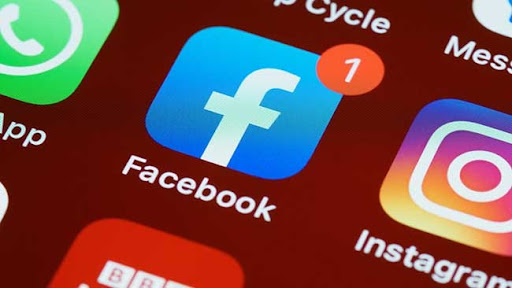Meta debuts paid verification, signalling a new strategic imperative | WARC | The Feed
The Feed
Read daily effectiveness insights and the latest marketing news, curated by WARC’s editors.
You didn’t return any results. Please clear your filters.

Meta debuts paid verification, signalling a new strategic imperative
Following Twitter’s attempt at paid verification, Meta will now launch a similar service, in a move that has proved both surprising and controversial, with the promise of pay-to-play visibility and reach for subscribers.
Why it matters
A paid subscription for verification is expected to roll out this week in Australia and New Zealand before expanding globally. It follows a recent run of bad news, market doubt, layoffs, and significant losses to revenues per user. In this context, Meta is pointing to two new strategic possibilities:
- Reducing its reliance on advertising revenues
- Professionalising its platforms’ content by prioritising creators (if they pay)
What’s going on?
In a Facebook post, founder and CEO Mark Zuckerberg announced the new product as Meta Verified, a “subscription service that lets you verify your account with a government ID, get a blue badge, get extra impersonation protection against accounts claiming to be you, and get direct access to customer support.”
In a sign of the Apple-shaped issues underlying the decision, there will be two pricing tiers:
- $11.99 per month for non-Apple users
- $14.99 per month for iOS users
The key
But there’s a really important product detail here that Zuckerberg omitted from his personal post that crops up in the press release: buyers will also get:
“Increased visibility and reach with prominence in some areas of the platform – like search, comments and recommendations.”
What this means in practice remains to be seen, but with a higher barrier to entry to this tier, it appears that Meta learned from the mistakes of Twitter Blue’s copycat frenzy, when almost anyone with a credit card could be verified. Meta already verifies some notable accounts for free with a blue tick.
Analysis
Meta has struggled to match pandemic-era demand over the last year with the crunch of Apple’s rule changes. It’s estimated that these have put an 8% hole in the company’s 2022 revenues, by making it harder to target and measure advertising, as well as a softer advertising market (mostly in mobile-exposed media like Meta’s platforms).
These signal reductions and the concurrent slowdown in spend on the platform has driven the company not only to talk up its investments in AI for measurement and targeting, but to espouse a new mantra of efficiency.
Beyond advertising
We might read paid verification in this light: there is incremental money to be made from creators, and it could help shift its intense reliance on advertising.
It is also true that Meta, which has been so vital to the ad ecosystem for businesses large and small, needs to find a way of keeping itself sticky and valuable to normal users with more than just a costly TikTok copycat to bring to the fight.
As The Register posits, a boost to creators could “translate into less fighting with distant relatives”, and more of the content users actually want to see from creators.
But it also shifts the experience of Facebook and Instagram away from catching up with friends and toward seeing professionally made content, as Bloomberg’s Sarah Frier noted on Twitter, with the key difference that making it as a creator becomes less about making better content but paying to play.
Sourced from Meta, WARC, Vox, The Register, Bloomberg
Email this content
